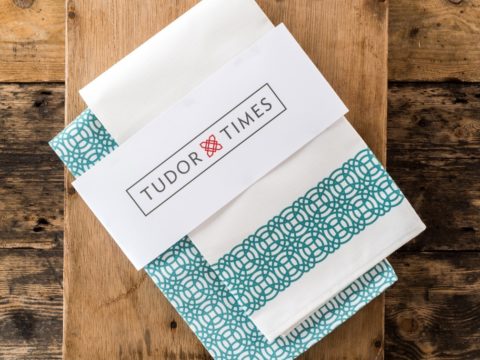Thomas More: Life Story
Chapter 20 : More's Trial
The trial took place at Westminster Hall. Presiding as judges over the trial were Lord Chancellor Audley, together with Norfolk, Suffolk, Wiltshire (Anne Boleyn’s father) Rochford (her brother), Cromwell and a dozen others. A jury of London citizens was empanelled and the charges read.
More told the court that he was not strong enough to stand throughout the trial, as was customary, so a chair was brought. Six months in gaol had greatly aged and weakened him.
There is no official record of details of the trial, only of the participants and the charges. Of the arguments, there is only Roper’s account, based on what he remembered having been told, by people who were present and a later account by Reginald Pole, future Archbishop, based on what Pole, then in exile, had heard.
According to these accounts, More responded effectively to the first three counts against him – that he had refused to answer the questions put by the Commissioners at various times, that he had been in correspondence with the ‘traitor’, John Fisher, and that he had ‘maliciously’ denied the King’s supremacy to Rich. He argued had only refused to speak, not that he had acted of any malice. Further, he pointed out, in English law, silence was taken to mean consent. This had been the interpretation that Warham had put on the Convocation of Clergy’s silence in response to Henry’s claim to be Head of the Church, back in 1532.
The case then came down to Sir Richard Rich’s testimony. According to Roper, More responded that Rich was perjuring himself. It was apparent to all that he himself took an oath seriously, or they would not be there. Thus, if he swore that the conversation Rich reported were not true, they ought to believe him. Besides, he had known Rich for many years, and believed him to be a liar or worse.
Further, was it likely he would say anything to Rich after refusing to say anything about the oath to anyone else? According to the Pole account, the men who had been with Rich packing up More’s books both denied hearing any of the conversation.
The jury took fifteen minutes to deliberate before returning a verdict of guilty. Audley proceeded to sentence before being interrupted by More, who requested his right to be asked the usual question of why the court should not pass judgement. Audley, surprised, allowed him to speak.
More announced that the statutes were unlawful, and that therefore he should not be condemned by them. Unprepared for this, Audley asked the Lord Chief Justice, Fitzjames, to pronounce on the legality of More’s argument. In a lawyerly fashion that has not changed over five hundred years, Fitzjames replied in a confusion of negatives:
‘If the Act of Parliament is not unlawful, then is not the indictment in my conscience insufficient.’
This was good enough for Audley, who pronounced the death sentence. More made a last speech, saying that he hoped that although his judges disagreed with him on earth, that they might all be reconciled in heaven, as St Paul, who was present at the stoning of St Stephen, was later converted and is in heaven with his former victim. If it is true, it was a clever parting shot.
More was returned to the Tower. Waiting at the wharf were Margaret, Margaret Giggs and More’s son, John. Margaret pushed through the officers guarding her father and threw her arms around him, refusing to let go. In the end she was dragged away and More taken back to his cell.
Five days later, More wrote his last letter to Margaret, sending her the hair-shirt that he had worn under his clothes for many years – secret from everyone except her. It was a letter of love and affection to his family, although he does not mention his wife:
‘Our Lord bless you good daughter and your good husband and your little boy and all yours and all my children and godchildren and all our friends…I never liked your manner better toward me than when you kissed me last for I love when daughterly love and dear charity hath no leisure to look for worldly courtesy.’
On Tuesday, 6th July 1535, Sir Thomas Pope (was he picked for his name, in some macabre joke by Henry?), was sent to announce to More that he would die before 9am that day, and that the King required him to keep any speech on the scaffold to a minimum.
More thanked him for the news, promised to be short in his speech, and requested that Pope ask Henry for permission for Margaret to be at his burial. He left the Tower precincts under guard led by the Constable, and walked the short distance up Tower Hill. He climbed the scaffold, saying, in one of the last of the witticisms for which he was famous:
‘I pray you, Master Lieutenant, see me safe up. As for my coming down, let me shift for myself.’
But he was not quite finished. Bearing in mind Henry’s exhortation to him when he first joined the King’s service, he exhorted the crowd to pray for him, saying that he ‘died the King’s good servant, but God’s first.’
With one stroke, the axe severed his head. His body was interred in the Church of St Peter ad Vincula, in the Tower, and his head, parboiled, was placed upon London Bridge. Margaret later had it secretly removed.
Sir Thomas More was beatified by the Roman Catholic Church in 1886 and canonised in 1935.



